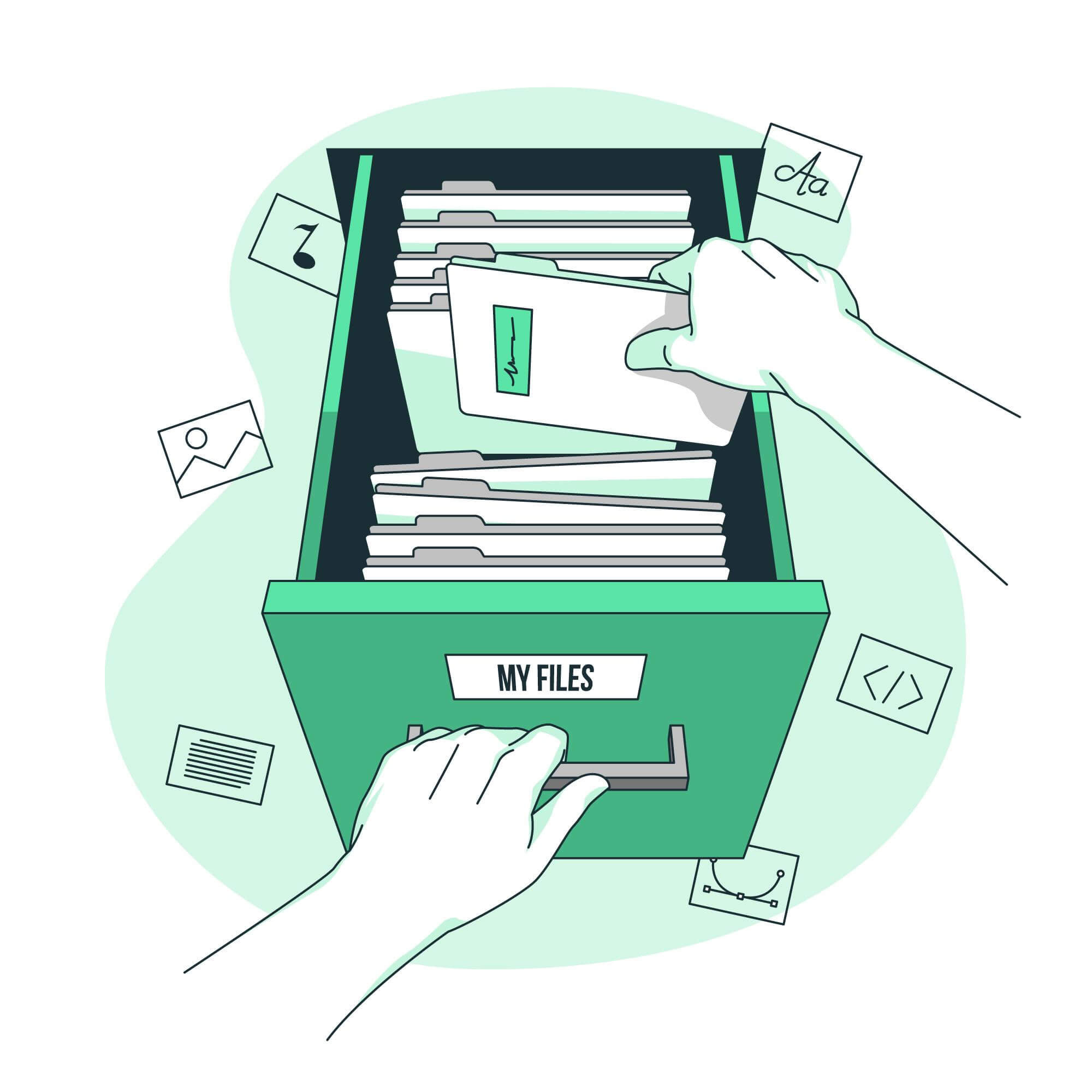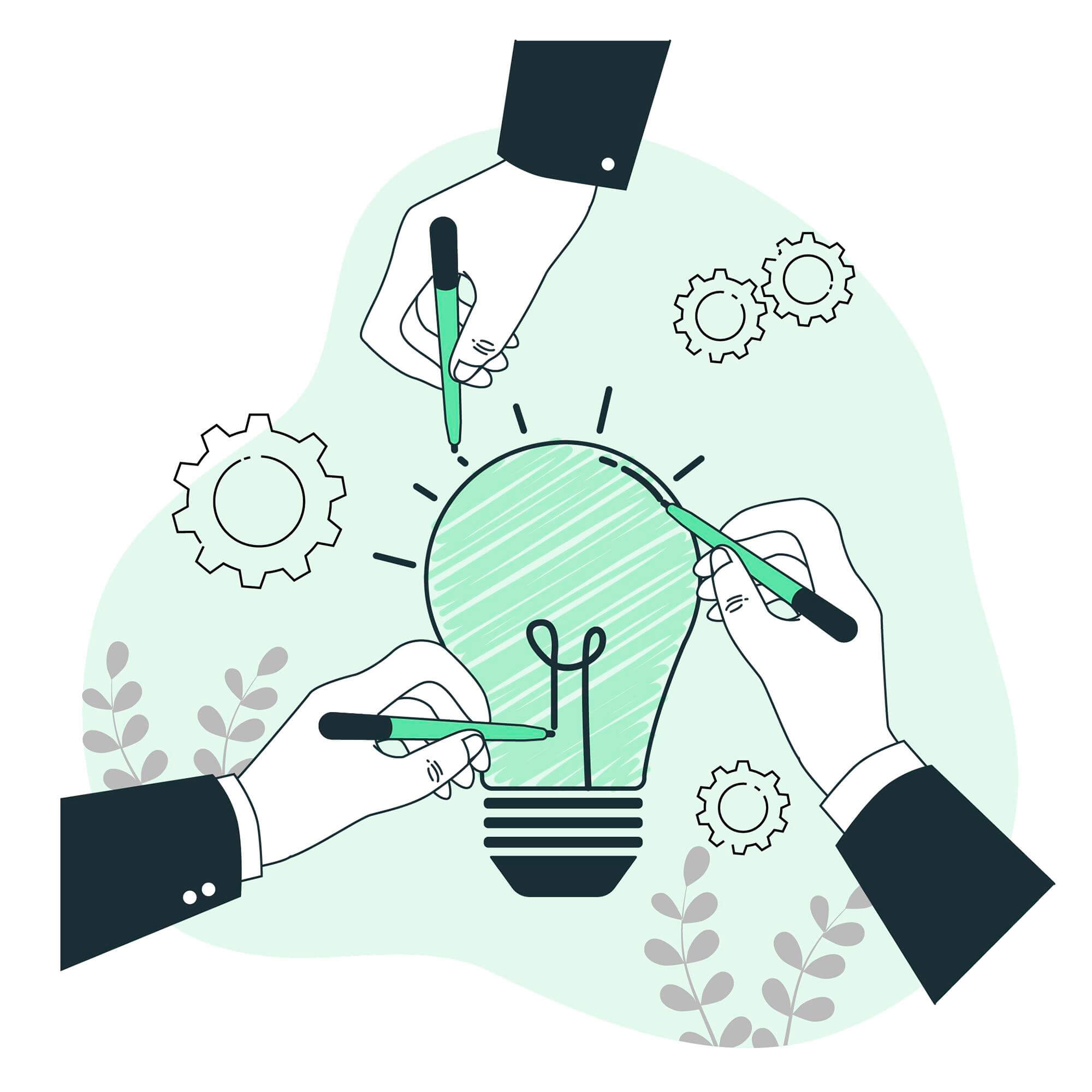Welcome to your guide to the Essential Eight Maturity Model – an Australian-born framework that will empower your business against cyber threats. This model is your toolkit to safeguard sensitive data and ensure the resilience of your business empire (no matter how small or large).
The Essential Eight hails from Down Under but can help you bolster your cybersecurity defenses no matter where your business sets its roots.
Let’s take a look at how the Essential Eight Maturity Model can transform your business into a cyber-safe haven, a step-by-step guide on how to apply each of the 8 principles, and even some industry-specific considerations.
Who is the Essential Eight for, and is it a must?
You might be wondering, "Is the Essential Eight Maturity Model just for big corporations, or can my small or medium-sized business benefit too?" Well, the great news is that it's designed to fit all shapes and sizes! Whether you're a bustling startup, a growing mid-sized company, or an established enterprise, the Essential Eight has your back.

Read more about data protection for smaller businesses
Now, let's address the golden question – is it mandatory? No. The Essential Eight Maturity Model was developed by the Australian Cyber Security Centre (ACSC) to help organizations enhance their cybersecurity procedures and protect against a range of cyber threats. When you apply Essential Eight, it isn’t about regulatory compliance; it's about giving your business the strongest cyber defense possible. Unlike that dreaded spinach on your plate as a kid, this isn't something you're forced to swallow. It's not a government requirement, but consider it your secret recipe for success in the digital age.
So, whether you're in the heart of Sydney, the streets of New York, or anywhere else in the world, the Essential Eight can help you level up your cybersecurity game.

Essential Eight principles and how to apply them to your business
The Essential Eight model consists of eight strategies that, when effectively implemented, can significantly reduce an organization's risk of cyber incidents that could result in data loss. Here are the principles of the Essential Eight Maturity Model and how a business can apply them:

1. Application whitelisting
Just as you’d blacklist forbidden apps, you need to specify approved ones so there’s no grey area on what is and isn’t allowed on the company network. Businesses can apply this strategy by identifying and listing authorized applications. Unapproved applications should be blocked, reducing the risk of malware and other unauthorized software.

2. Patch applications
This strategy focuses on regularly updating and patching software to address vulnerabilities. Businesses should establish a systematic process for identifying, testing, and applying patches to software in a timely manner. This works to prevent attackers from exploiting known vulnerabilities to gain unauthorized access.
3. Configure Microsoft Office macro settings
Organizations can apply this Essential Eight principle by adjusting macro settings to disable macros from untrusted sources, reducing the risk of malicious code execution. This reduces the chance of malware attacks.
4. User application hardening
User application hardening aims to mitigate the impact of vulnerabilities in web browsers, PDF readers, and other common applications. Businesses can apply this by configuring the security settings of user applications to minimize the risk of exploitation.
5. Restrict administrative privileges
This strategy focuses on limiting administrative privileges to authorized personnel only. You can apply this by assigning administrative privileges only to individuals who require them for their roles, reducing the risk of unauthorized system changes. Read about the Zero Trust Approach for related tips.
6. Patch operating systems
Similar to patching applications, this strategy involves updating and patching operating systems to address known vulnerabilities. You should establish a process for testing and applying operating system patches promptly to maintain a secure environment.
7. Multi-factor authentication
Multi-factor authentication adds an extra layer of security by requiring users to provide multiple forms of authentication to access systems or data. Organizations can apply this principle by implementing two or more authentication factors, such as a password and a one-time code sent to a mobile device.
8. Daily backups
Daily backups involve regularly backing up critical data and systems to ensure data recovery in the event of a data security incident. You should implement automated daily backups and regularly test your data restoration processes.
You’ve learned about the Essential Eight strategies... and now what? In the next section, we’ll guide you through all the steps of utilizing the Essential Eight to your business’ advantage.

A step-by-step guide to cybersecurity excellence
For many business owners, a simple list of strategies isn’t enough to fully grasp just how you’re supposed to proceed. Where do you start? Are there any prerequisites to the process? And if you’ve gone through the list, are you done?
It’s important to understand that applying the Essential Eight Maturity Model involves a systematic and continuous approach to cybersecurity. Follow these steps to elevate your business to the highest level of cybersecurity readiness:
Step 1: Initial assessment and understanding
Begin your cybersecurity journey by conducting an assessment of your organization's current practices and grasp the fundamentals of the Essential Eight Maturity Model.
Step 2: Identify assets and prioritize
Pinpoint crucial assets and prioritize them based on their significance to your operations and potential impact if compromised.
Step 3: Evaluate risk profile
Assess your organization's cybersecurity risks considering industry specifics, business size, and current cyber threats.
Step 4: Strategy selection and planning
Choose the Essential Eight strategies that align with your risk profile. Develop a detailed plan with specific actions, timelines, and responsible persons.
Step 5: Implementation and deployment
Put your chosen strategies into action. Configure systems, software, and applications according to each strategy's requirements.
Step 6: Training and awareness
Get your team and employees on board with cybersecurity training. Keep education relatable, short, and simple, and policies easy to understand and implement. Repeat often – practice makes perfect! Read our tips on educating your employees about cybersecurity
Step 7: Ongoing monitoring and testing
Keep a vigilant eye on your systems and networks. Regularly assess and test your security measures to identify and address vulnerabilities. That way, you can amend policies that don’t work.
Step 8: Incident response planning
Prepare for the unexpected with a comprehensive incident response plan. Outline steps for containment, mitigation, and recovery in the face of a cyber attack or data leak.
Step 9: Continuous improvement
Stay attuned to the latest trends and evolve your cybersecurity practices in response to emerging threats and technological advancements.
Step 10: Regular updates and adaptation
Remember, cyber bad guys never sleep, and they are always getting sneakier and smarter. As the threat landscape shifts, adapt your strategies accordingly. Regularly update security measures, patches, and configurations to stay ahead of new challenges and keep your data safe.
Industry-specific resilience: Adapting the Essential Eight Maturity Model
While the Essential Eight Maturity Model serves as a robust framework for cybersecurity across industries, applying its principles isn't a one-size-fits-all approach. It's about tailoring your cybersecurity strategies to the unique demands of your business and industry. Here's a glimpse of how the Essential Eight can be adapted for specific sectors:

Healthcare
The healthcare industry deals with electronic health records and ensuring patient privacy. Implementing the Essential Eight in healthcare involves a heightened focus on data encryption, access controls to patient data, and measures against ransomware attacks targeting critical medical infrastructure. More tips on cybersecurity in healthcare
Finance
The finance sector demands an ironclad defense against financial fraud and data breaches. Here, the Essential Eight shines by emphasizing real-time transaction monitoring, multi-factor authentication for financial transactions, and advanced threat detection algorithms to thwart sophisticated cyber heists. More tips on cybersecurity in the financial industry and in the insurance sector
Manufacturing
Manufacturing faces the challenge of securing IoT-connected devices and production systems. Integrating the Essential Eight involves robust network segmentation to prevent lateral movement, continuous monitoring of industrial control systems, and stringent control over software updates to prevent vulnerabilities. More tips on cybersecurity in manufacturing
Retail
Customer data protection is paramount in the retail industry. Implementing the Essential Eight entails stringent e-commerce platform security, encrypted payment gateways, and user behavior analytics to detect fraudulent transactions and phishing attempts.
Education
Educational institutions must defend against data breaches and protect sensitive student information. Applying the Essential Eight involves strong email security measures, data loss prevention protocols to safeguard student records, and cybersecurity awareness training for students and staff.

By using the Essential Eight Maturity Model and taking into account the unique needs of each industry, businesses can make their cybersecurity even stronger. They can focus on specific weaknesses in their sector and use strategies that fit best to mitigate risks.
Remember, while the overarching principles remain consistent, the power of the Essential Eight lies in its ability to adapt and evolve, keeping your business’ cybersecurity active and flexible in all kinds of industries.
Comparison to similar frameworks internationally
While any business can learn a thing or two from the Essential 8 Maturity Model, It's important to note that it’s not the lone sentinel in the realm of cybersecurity frameworks across the globe. In fact, there very well may be more fitting ones for your business if you are outside of Australia.
Various counterparts exist globally, for example:

NIS2 Directive in the EU
In the European Union, the NIS2 Directive sets the course for enhancing cybersecurity capabilities across member states. Geared toward critical infrastructure providers, it focuses on sectors vital for society and the economy.
NIST Cybersecurity Framework in the USA
Meanwhile, in the United States, the NIST Cybersecurity Framework is a widely respected guideline for businesses of all sizes. Designed to bolster cybersecurity and risk management, this framework offers clear guidelines, best practices, and measurable outcomes to fortify your defenses against cyber threats.

ISO 27001: Safeguarding information on a global scale
The ISO 27001 framework is widely recognized across the world. It provides a comprehensive approach to information security management systems, and is, like the Essential 8, voluntary. This framework isn't limited to a specific industry or country; it's designed to be adaptable to various organizational structures and regulatory environments.

While each framework may differ in their origin and approach, they all share a common goal: safeguarding businesses and their digital assets from cyber threats. As you consider the Essential Eight Maturity Model, remember that you're not alone on this path, and these global counterparts stand ready to guide you toward a more secure digital future.
Strengthening cybersecurity with the Essential Eight and Safetica's DLP
Safetica's Data Loss Prevention (DLP) software can serve as an ally for businesses seeking comprehensive protection. By integrating Safetica's advanced but easy-to-implement tools into your cybersecurity strategy, you can enhance your journey toward implementing the Essential Eight Maturity Model. In cybersecurity, less definitely isn’t more! More is more.
Safetica's DLP software provides a vigilant eye over your data movements, immediately alerting you to any suspicious activity within your operations. It safeguards your endpoints by preventing data leaks, restricting unauthorized access, and detecting potential threats. This means your digital assets, critical information, and sensitive customer data remain safeguarded against a range of security risks.
Whether you're safeguarding intellectual property, ensuring regulatory compliance, or securing your remote work environment, Safetica's DLP software assists you in achieving your cybersecurity goals. And just like the Essential Eight, our software can be tailored to your business’ needs.
Next articles

HITRUST framework: The Scope, Purpose, and How to Comply
This article will guide you through HITRUST's evolution, its current scope, and how it can be a game-changer for your organization's data protection strategy.












